In the 1990s, Creative was the go-to firm for beige box PC sound cards, but that market has since dried up thanks to integrated motherboard audio. More recently, the company has been busy reinventing itself as a bonafide audio hardware maker and the Sound Blaster Roar SR20 is its latest product.
Announced a few months ago, the Sound Blaster Roar SR20 only today became available for purchase in the U.S. as the slightly updated "SR20A," but AppleInsider had the chance to use an international production unit over the past few weeks.
With a ridiculously long feature list (Creative even built in a siren mode), we like to think of the Roar as the Swiss Army Knife of portable speakers.
Design
The SR20 is a hefty piece of kit for its size, tipping the scales at 2.5 pounds with most of that weight shifted towards the speaker's rear. Measurements come in at 2.2 inches tall, 7.9 wide and 4.5 inches deep — a compact package in line with competing speakers from Bose, JBL and others.
Given that the device's guts are jammed into one side of the cabinet, while the grille-covered area houses three drivers and air, it should come as no surprise that balance is a bit off. This has no effect on sound reproduction, however, and is only mentioned out of consideration for those thinking about hand-carrying the speaker.
Dual front-firing 1.5-inch drivers handle high-end frequencies, while a single 2.5-inch driver does most of the heavy audio lifting in handling mids and bass. The largest driver faces upward for stability and a more open soundstage. With a bi-amp design, all three speakers are active — one amp for mids and bass, another for highs — and can be tuned via Creative's desktop Sound Blaster Control Panel software.
Two passive, side-firing rectangular bass radiators and an internal microphone round out the acoustics package and everything fits inside what Creative calls a "rigid monocoque endo-skeletal chassis," which actually feels very sturdy. Going further, the company minimized internal parts to reduce vibrations at loud volumes.
As far as looks go, the SR20 is a basic, silver brick with most of its body covered in metal grilles. The lone section not sporting a metal-clad design is treated to a soft-touch rubber sheathing with marks for physical controls and ports.
On top are power, ROAR, volume and Bluetooth/handsfree buttons, with accompanying LEDs denoting power, Bluetooth pairing/connection, microphone recording light (more on that later) and battery status. Actuators are completely sealed off from the elements, a nice feature for keeping out dirt and grime.
Around back is where things get interesting — and confusing. As seen in the photo above, Roar boasts five input/output ports: DC in, AUX in, USB power out (5-volt, 1 amp DC out), Micro-USB and microSD slot. More controls take up the remaining back panel real estate, with switches and buttons for alarm functions, music transport control and mic recording.
When using the optional carrying bag, seen below, users have access to all ports through a cutout, while buttons must be pressed through the meshing. The carrier comes with a built-in cable pouch that is padded on the bottom to keep the Roar scratch-free.
Finally, two strips of soft rubber run end-to-end on the speaker's underside to create non-slip feet. The extra padding also helps isolate Roar from hard surfaces, reducing vibration noise.
Performance
We tested Roar's acoustic performance in a variety of environments, from small apartments to wide-open parks. There's no denying that Roar lives up to its name, generating room-filling sound belying its size, but quality on the low end was a bit lacking.
Sound output is good overall, though we found Roar to be finicky when it came to placement. On flat surfaces, the speaker was able to bounce sound off nearby walls or other structures for a rich expansive sound, but putting it in the middle of the room or an open environment flattened out acoustics dramatically. Boosting the volume and reassigning EQ settings helped regain much of the lost sound quality.
Roar was made to be played loud. With its unique chassis design — two drivers facing forward, another facing up and two side-firing passive radiators — the speaker is hard pressed to reproduce simulated stereo or surround sound. The passive radiators simply can't compete with the in-your-face front-firing drivers unless volumes are high.
Despite touting thumping bass as one of Roar's key features, we found the unit lacking oomph even after making EQ adjustments and tweaking the digital crossover. We've heard strong, full bass from speakers with similar-sized cabinets, but it seems the Roar's single 2.5-inch driver can't handle full range frequencies down to deep lows.
While a bit thin on the bottom end, the dual front high-frequency drivers faithfully reproduced cymbal crashes and voices without coloration or sibilance. The quality highs are so good that Roar's tame bass output stands out even more when listening to genres like rock and jazz tracks with vocals.
It should be noted that Creative added a new "TeraBass" function to the U.S. version of Roar that dynamically compensates for bass based on volume output. The lower the volume, the more compensation is applied to even out perceived lack of bass. We didn't get to try out the feature and can't comment on its effectiveness, though the theory is sound.
As for the "Roar" function, which has its own dedicated button next to the speaker's volume controls, the feature is basically a catchall loudness booster that raises EQ levels across the board. We found the stock settings came at the cost of fidelity due to the small cabinet and even smaller drivers, but the overbearing treble was easily compensated for via Sound Blaster's computer-based EQ.
All things considered, the speaker reproduced incredibly clear sound thanks to support for so-called "high definition" codecs like aptX and AAC. Over Bluetooth, the audio transmission tech is top-notch, especially with quality source files or rips from well-mastered cuts.
Features
The Roar comes with a staggering number of "value added" features, including voice memo and phone call recording straight to microSD card. Roar can also play back MP3, WMA and WAV files stored on a microSD card, meaning the speaker is capable of operating as a standalone system without need for smartphone or tablet input. Further, the speaker turns into a card reader when connected to a computer.
One of the more thoughtful add-ons is a dual-purpose 6,000mAh battery that offers up to eight hours of playback, but can also charge connected devices via USB. The integrated power out port serves up power at a steady 1 amp at 5 volts, good enough to charge an iPhone.
Communications are similarly impressive as two Bluetooth devices can be connected to Roar simultaneously, though sound output is limited to one device at a time. Like other setups, the SR20 can act as a Bluetooth speakerphone with decent microphone noise cancelation and handsfree capabilities.
A bedtime mode gradually decreases volume until shutting off completely, while a "loud sounds" mode plays random tones and sound bites to keep users awake and alert. As mentioned above, Roar comes with a built-in siren that sounds like a megaphone's blare.
We didn't get to try out NFC's promise of "no touch setup," but pairing with our iPhone 5s via Bluetooth was fast and connecting to a MacBook Pro for EQ tweaking was a similarly painless experience.
Finally, two Roars can be tethered together with a special cable to produce true stereo output.
Conclusion
Roar's sound quality won't win any awards, but the speaker still packs in substantial punch for its size. In the right setting, Roar can sound just as good as most $200 portables, but positioning has to be just right and the EQ needs to be tuned for maximum performance.
Bass is thin in most scenarios, but overall audio is clear and precise. There are competing speakers with higher quality acoustics, but many command higher price tags and don't include half the features seen with Roar.
At a currently discounted price that takes 25 percent off retail, however, Roar's sound, build quality and amazingly long list of features is hard to beat. If it were full price, however,
Score: 3.5 out of 5
Pros
- Massive feature set
- Clear, loud sound reproduction
- aptX and AAC support
Cons
- Weak bass output
- Requires thoughtful room placement
- Normal price is a bit steep
Pricing and Availability
Creative's Sound Blaster Roar is now available in the U.S. for $150 Amazon.com, with "direct from factory" pricing shaving $50 off the usual $200 retail cost.
 Mikey Campbell
Mikey Campbell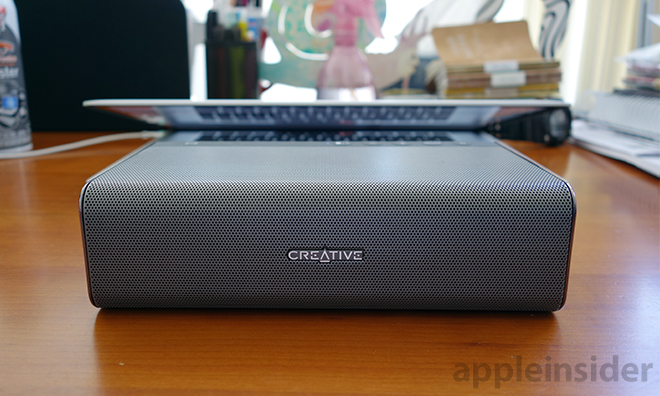
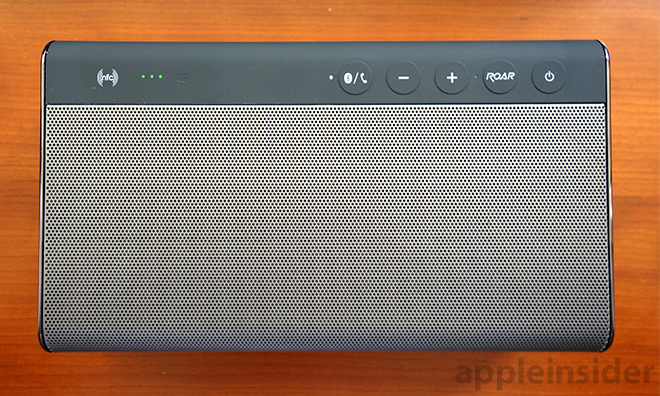
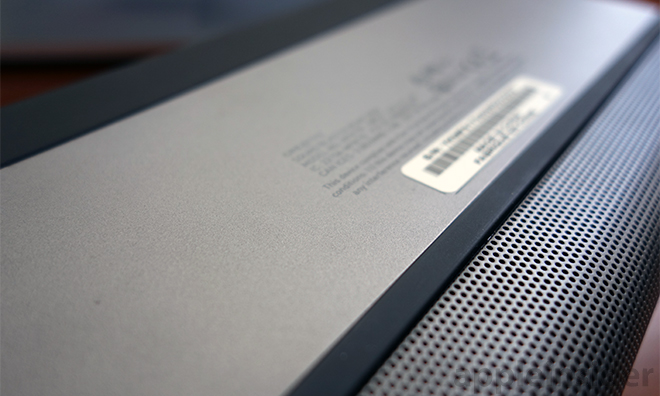
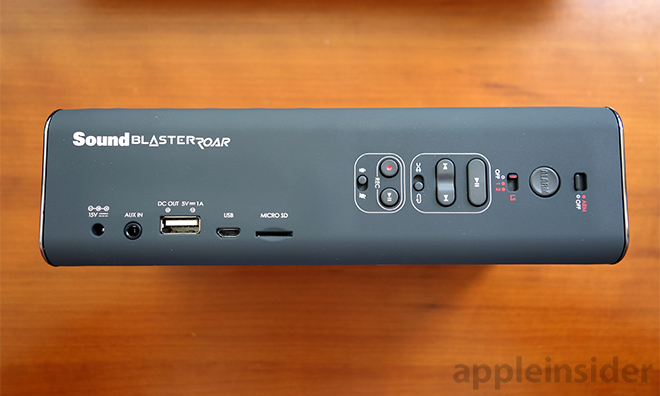
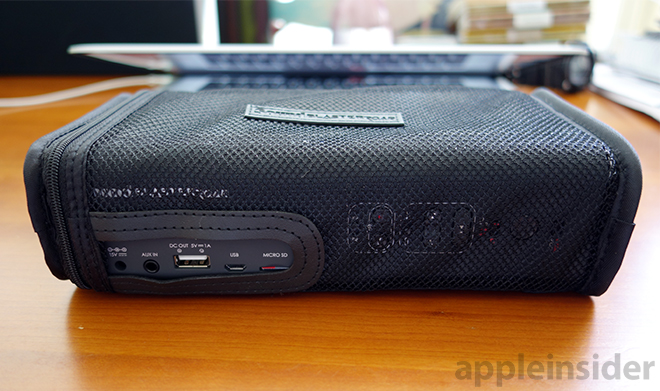
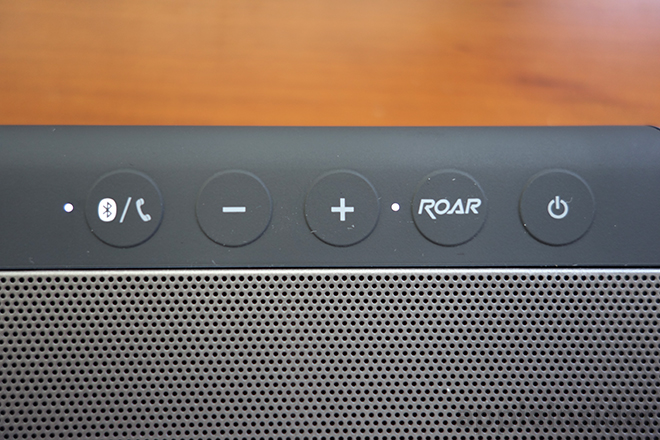
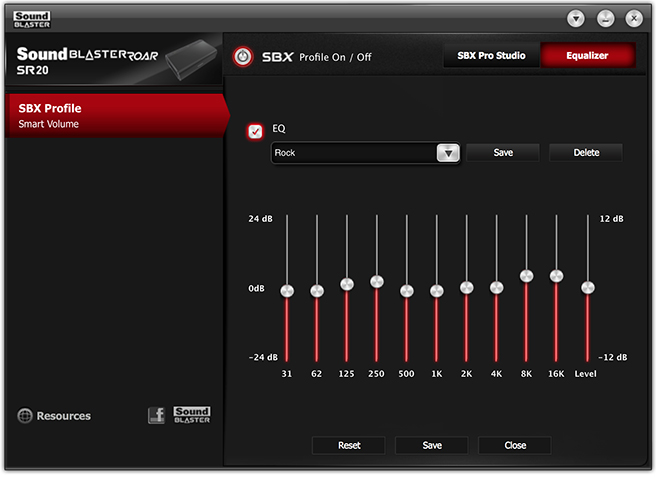
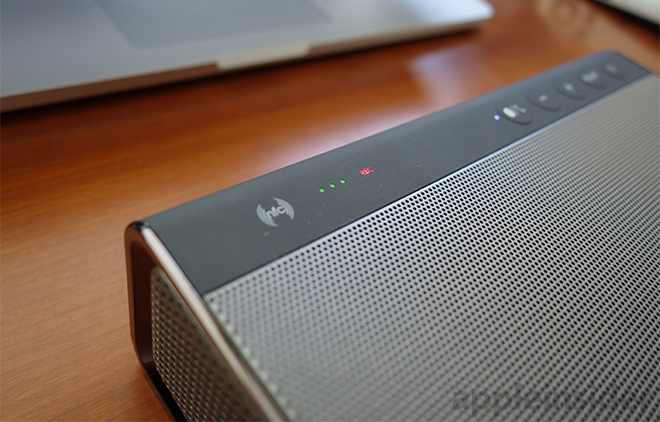
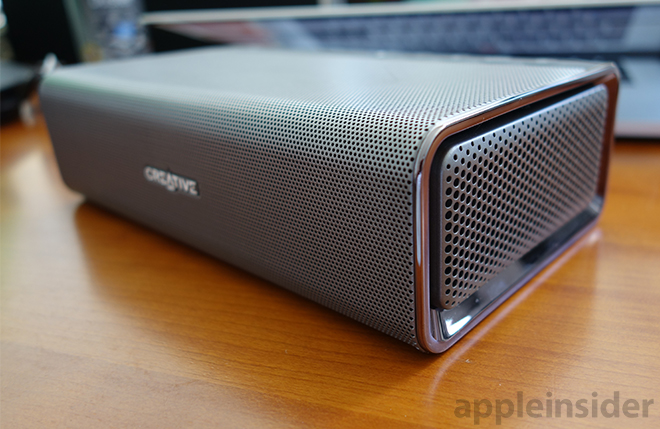








-m.jpg)





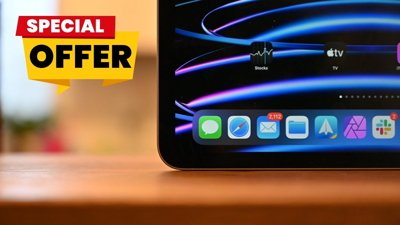
 Christine McKee
Christine McKee
 Malcolm Owen
Malcolm Owen

 Charles Martin
Charles Martin


 Mike Wuerthele
Mike Wuerthele



-m.jpg)






12 Comments
I'm really surprised they are still in business. They have almost always released expensive, mediocre hardware over the past 15 years. They have been relying on their name for a long time, which is irrelevant today, while making hardware that is on the level of cheap, Chinese manufacturing. Their logo on the casing is even a mess. The black housing looks as cheap as it probably feels. Where they fall is when their speakers are put on display at the store with other cheap brands. Once you hear them, you go for the cheaper priced ones that sounds similar.
Wow, creative is still going... am I that old!
I think, for that price, I would prefer the '
Apple's been in business longer. And they've come a long way from selling 8-bit computers.
Bit of a feature soup, but there's some interesting things in there.
I thought this company was gone.